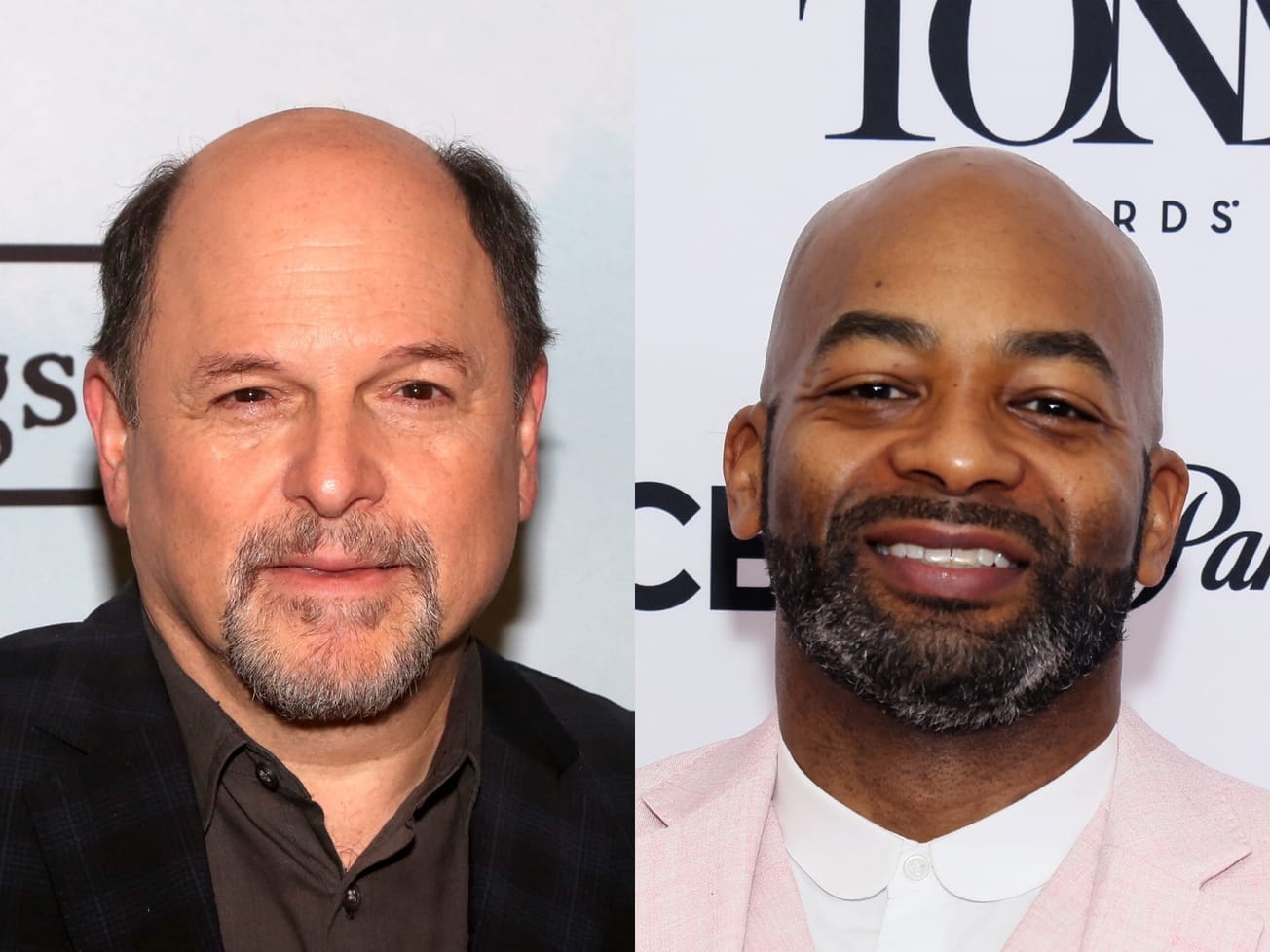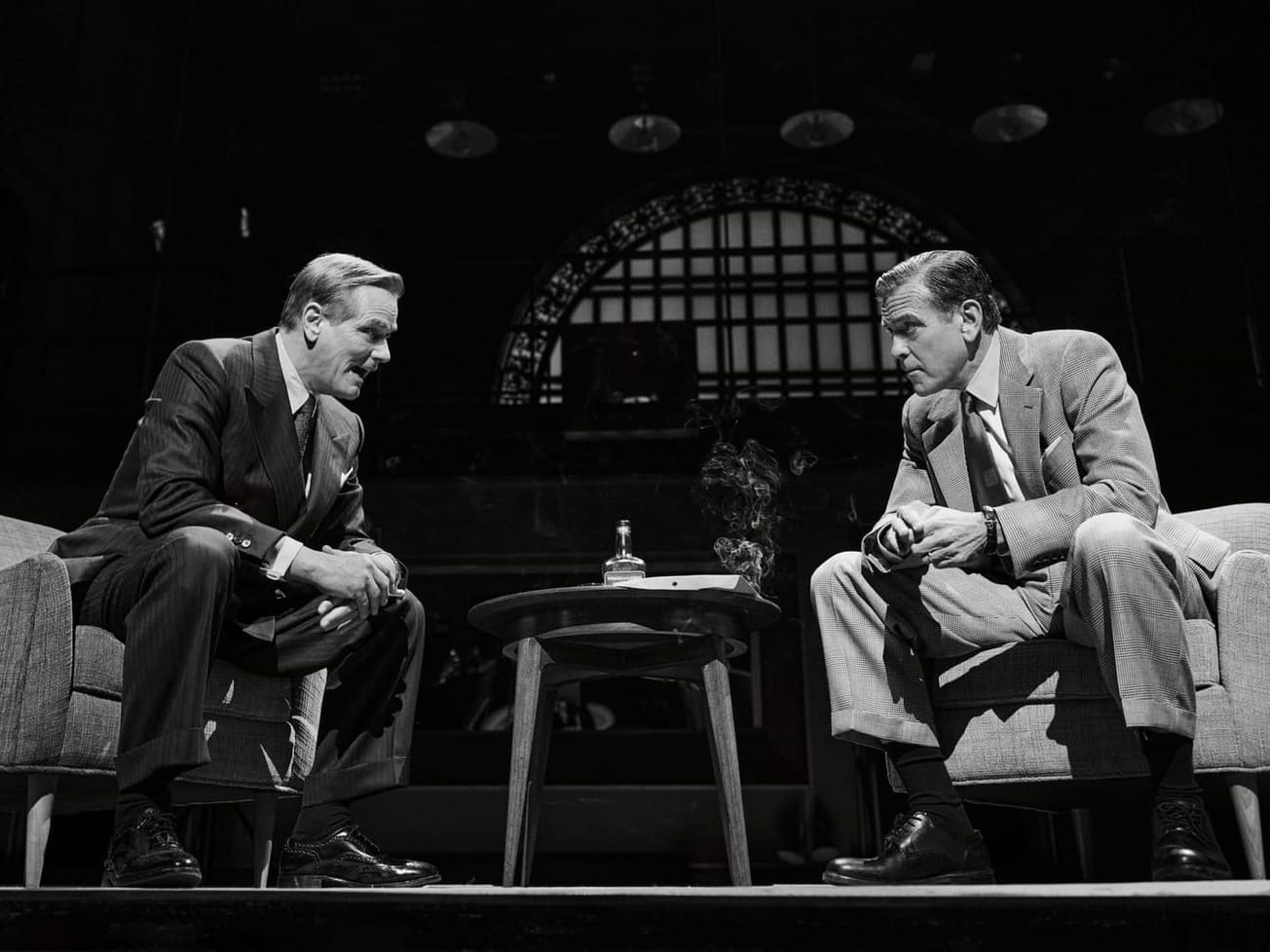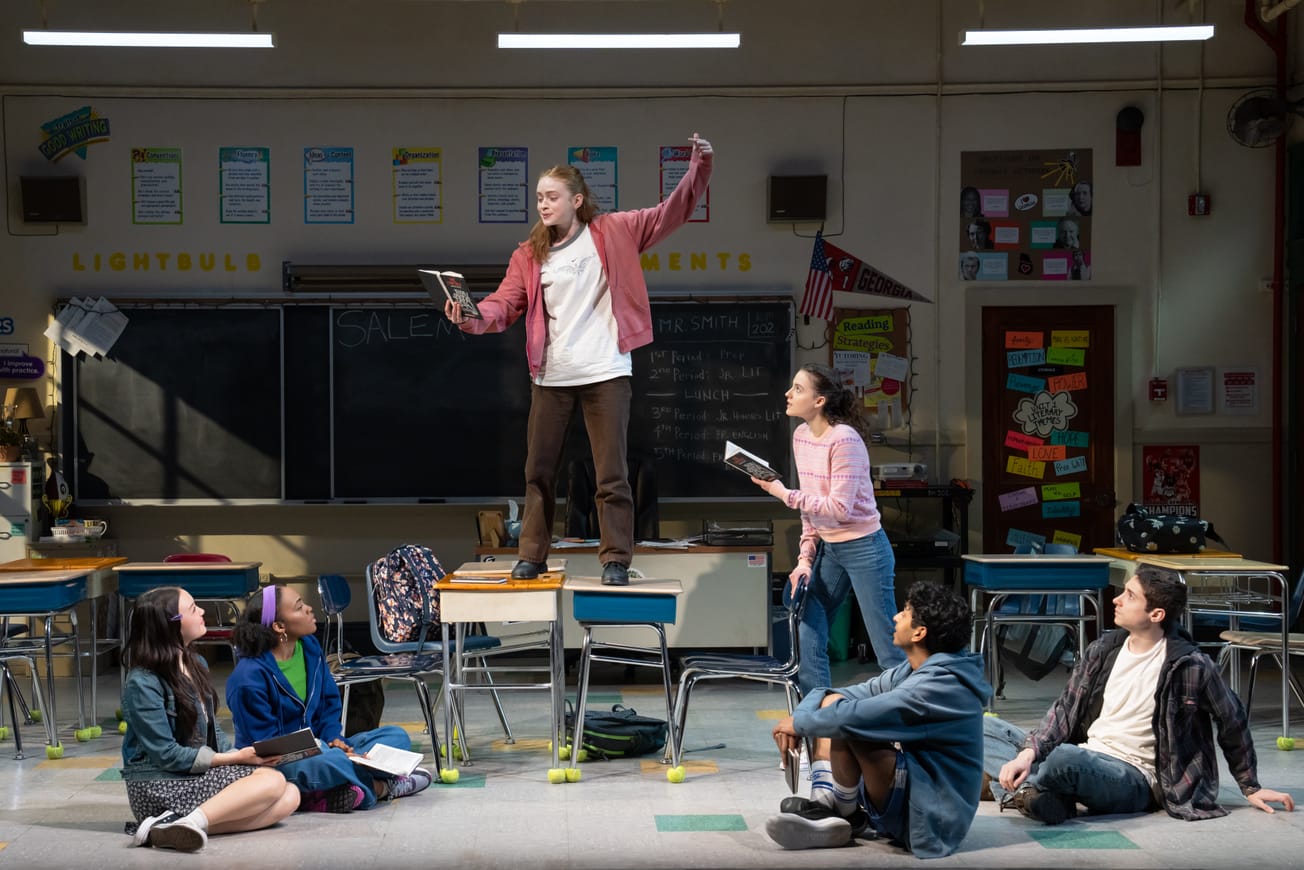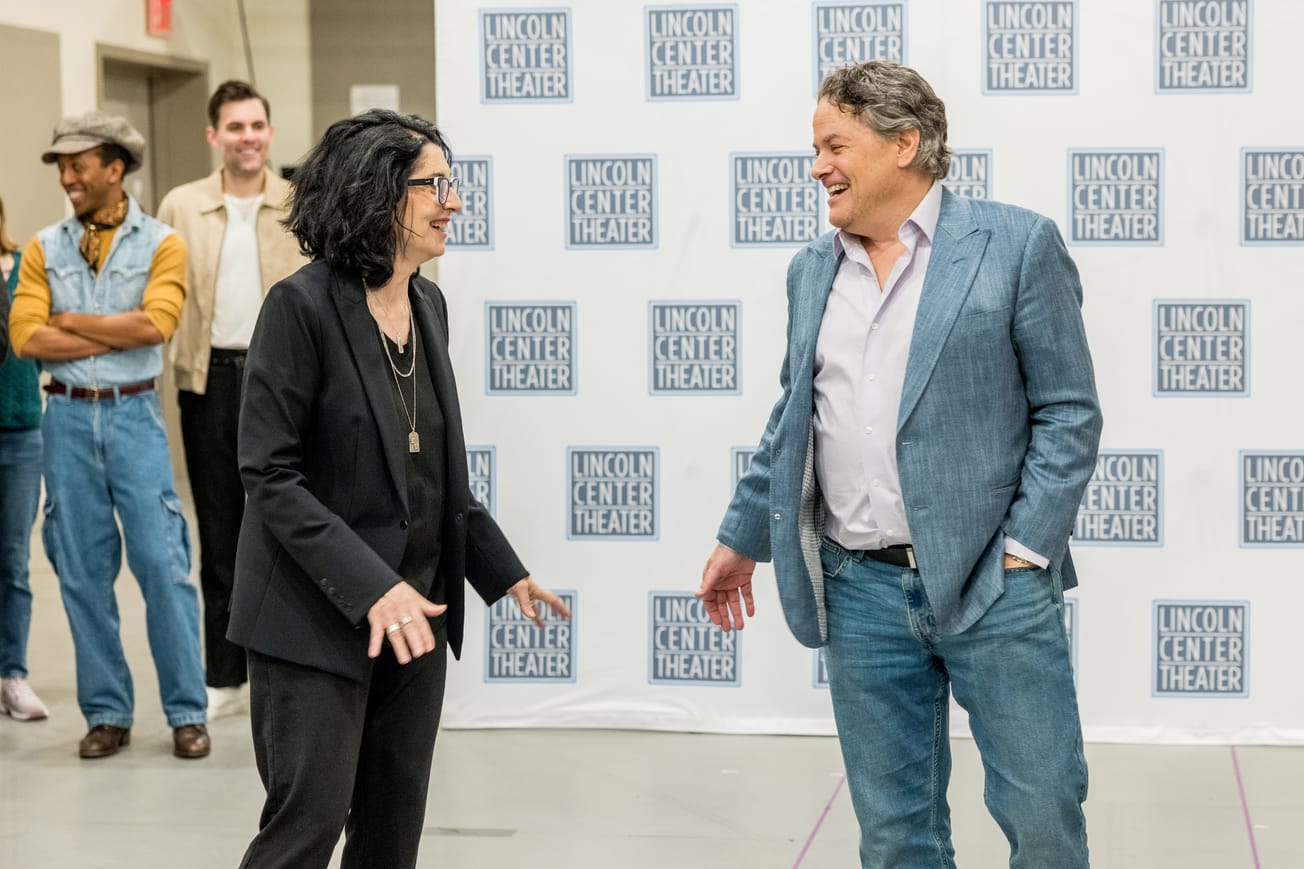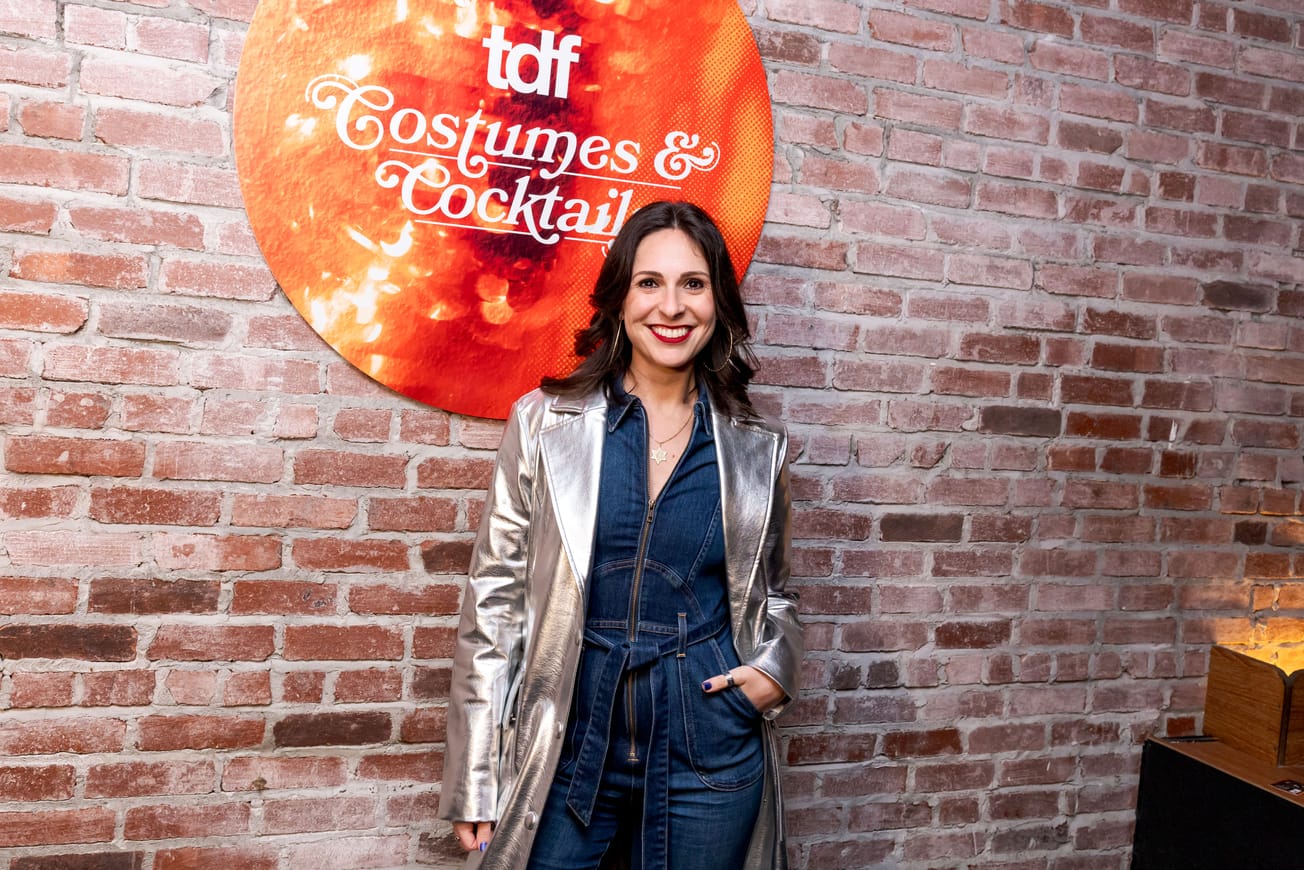A flute trills. A trumpet blasts. A harp cascades. The strings begin to tremor, the brass section clamors and the star begins to sing. Whether seated inside a theater or snuggled up with a cast album, audiences know the sounds of the musicals they love. It’s a balanced blend of voices and instruments (and sometimes tap shoes), melodies and harmonies and rhythms that create the complete soundscape of a musical. And though the basis of any score is written by a composer and lyricist, the textures and richness, the sweeping and soaring, the blaring and gutting are contributions of the lesser recognized orchestrator.
Orchestrators take the initial skeleton of a song from the composer, and through collaborative discussions about musical genre, time period, storytelling within the show’s narrative, location and budget, create the complete body of what audiences then think of as the song.
“Orchestrators are responsible for conveying a composer’s ideas and intentions to an audience,” said Bryan Carter, a Tony-nominated orchestrator of “Some Like It Hot.”
“When done correctly, the collaboration between the composer who writes the songs and the orchestrator who illustrates them is so seamless that people can’t tell where one starts and one ends,” added Carter’s Tony-nominated co-orchestrator Charlie Rosen. Songwriters pen the foundation, arrangers expand the songs with architecture — “adding an intro, writing dance-break music to fit choreography, coming up with underscoring within the song for scenes,” Rosen explains — and orchestrators compose the décor, using everything from sweeping strings to gritty electric guitar.



















































